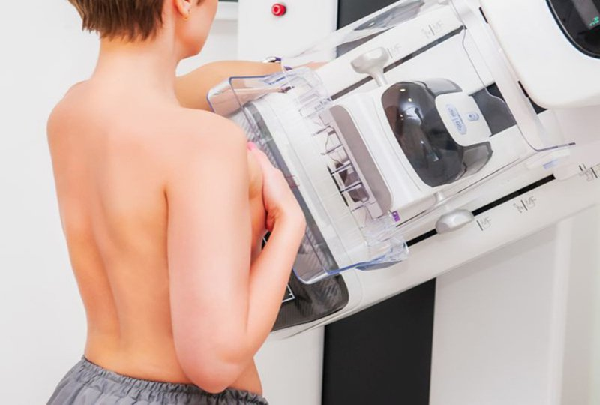What is Galactorrhea (Multiple Lactation Syndrome)? Expert Insights & Treatment

Galactorrhea syndrome (polylactation syndrome) is an abnormal milk production from the nipples. There are many factors that can contribute to this syndrome, including excessive breast stimulation, medication side effects, or pituitary disorders. Usually, polylactation is the result of increased prolactin, the hormone that stimulates milk production.
Galactorrhea is not a disease but can be a sign of an underlying medical condition. This condition often occurs in women, including those who have not had children or after menopause. However, Galactorrhea can also occur in men and infants.
What is Galactorrhea Syndrome?
Galactorrhea is characterized by persistent or intermittent nipple discharge, which can originate from the milk ducts. It can affect one or both breasts and may be accompanied by irregular or absent menstrual periods, headaches, and vision problems.
Symptoms of Abnormal Lactation
- Persistent or intermittent nipple discharge.
- Nipple discharge originates from the milk ducts.
- Nipples self-discharge or release fluid when stimulated by hand.
- One or both breasts are affected.
- Irregular or absent menstrual periods.
- Headache.
- Vision problems.
Common Causes of Galactorrhea
Galactorrhea is often the result of too much prolactin, the hormone responsible for milk production. Prolactin is produced by the pituitary gland, a small bean-shaped gland at the base of the brain.

Common causes include:
- Medications such as sedatives, antidepressants, antipsychotics, and blood pressure medications.
- Use of narcotics.
- Birth control pills.
- Benign pituitary tumor or other disorder of the pituitary gland.
- An underactive thyroid (hypothyroidism).
- Chronic kidney disease.
- Excessive breast stimulation.
- Chest wall nerve damage from chest surgery, burns, or other chest trauma.
- Spinal cord surgery, trauma, or tumor.
- Stress.
Diagnosis of Galactorrhea
Diagnosing Galactorrhea involves a thorough examination, including:
- Breast exam to check for lumps and discharge.
- Blood tests to check prolactin levels.
- Pregnancy test to rule out pregnancy as a cause.
- Mammography or breast ultrasound to examine breast tissue.
- Magnetic resonance imaging (MRI) of the brain to check for pituitary gland abnormalities.

Treatment of Galactorrhea Syndrome
Treatment depends on the underlying cause and may include:
- Stopping or changing medications that cause Galactorrhea.
- Thyroid hormone replacement therapy for hypothyroidism.
- Medication or surgery to treat pituitary tumors.
- Medications to block the effects of prolactin or reduce prolactin levels.
If you experience symptoms of Galactorrhea, consult your doctor for a proper diagnosis and treatment plan.